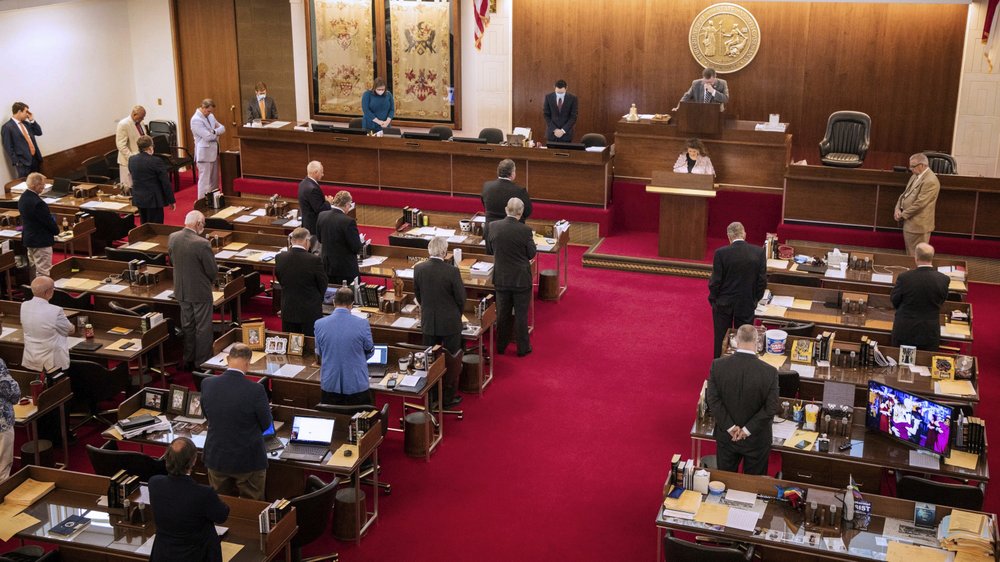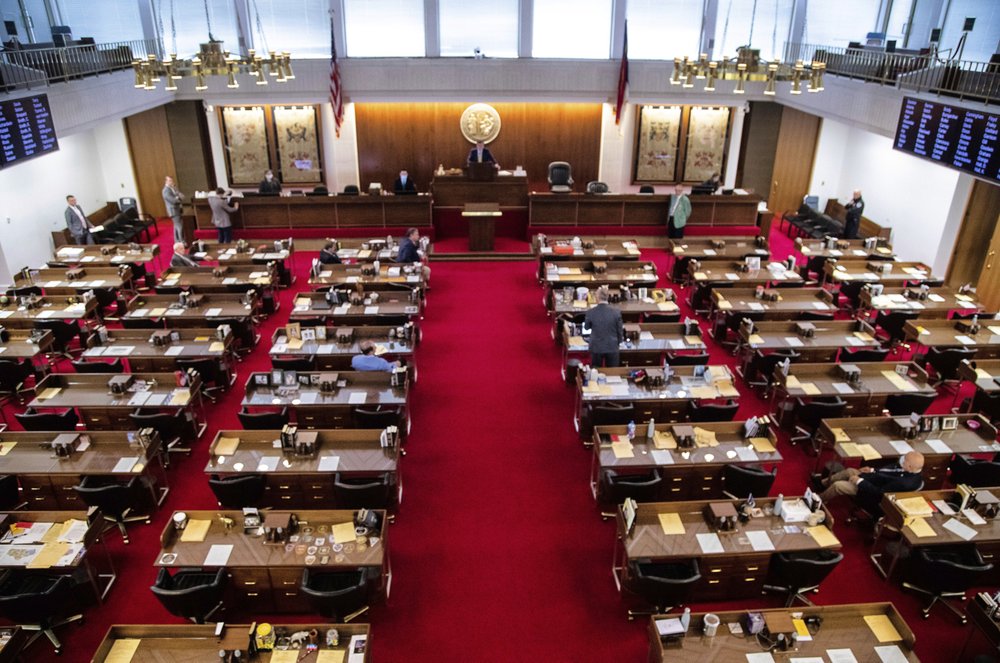State redistricting plans, allocated federal funding and congressional appointments remain up in the air as U.S. Census data is slowly calculated after delays stemming from the pandemic.
Every 10 years, states are tasked with creating new maps for state legislative and congressional races. To do this, they use data provided by the census. While census data was supposed to be delivered by next month, due to delays caused by the coronavirus pandemic, the federal government does not expect to have it ready until September.
Rebecca Tippett is the founding Director of Carolina Demography at the Carolina Population Center at UNC. She’s been closely tracking the census since its launch back in April of 2020.
Tippett said two things are delayed due to census data taking longer than usual to be tabulated.
“One is the apportionment counts for how many seats in the house of representatives that each state gets,” Tippett said. “Typically, those are released in December and those are coming out now April 30. Then the data that’s supposed to be coming out September 30 would have traditionally been released by the end of March.”
Redistricting data gathered by the U.S. Census Bureau includes counts of population by race, Hispanic origin, voting age and housing occupancy status at geographic levels as small as neighborhoods.
“So, we’re about six months behind schedule on when we would typically get that redistricting data,” Tippett said. “There’s a few things behind that – but mainly that’s really about the disruptions from COVID.”
Overall, the census determines how $675 billion dollars of federal funding is distributed over the next 10 years. Every person not counted in the community is a loss of more than $1,800 dollars annually in state and federal funding.
Due to complications in data collection stemming from the pandemic, instead of wrapping up at the end of July, the census collection period did not conclude until late October of last year. This extension shortened the traditional window of when the bureau was able to calculate its data.
“Then that was compounded because not only did COVID delay the data collection process, but it made some of that data harder to process because people were moving and you had college students who were supposed to be at their universities but had gone home and may be counted in multiple places,” Tippett said. “So, they’re doing a lot more cleaning and deduplication and really data checking to make sure that the census is as high quality as it can be.”
Tippet said it’s important to get an accurate population count so North Carolina can be accurately represented on a congressional level.
“The final distribution of the seats can be fairly sensitive to small fluctuations in population,” Tippett said.
By the time 2020 census data is fully tabulated, North Carolina is expected to pick up a fourteenth seat in the U.S. House of Representatives.
While North Carolina waits for delayed census data to be released in September – a crucial component in the state’s redistricting plans – top election officials are urging state lawmakers to move all of this year’s municipal elections to 2022 and bump back next year’s primaries from March to May.
The 2022 primaries include bids for U.S. Senate and House, judicial races and state legislative seats.
Lead photo via Associated Press/Paul Sancya.
Chapelboro.com does not charge subscription fees. You can support local journalism and our mission to serve the community. Contribute today – every single dollar matters.







